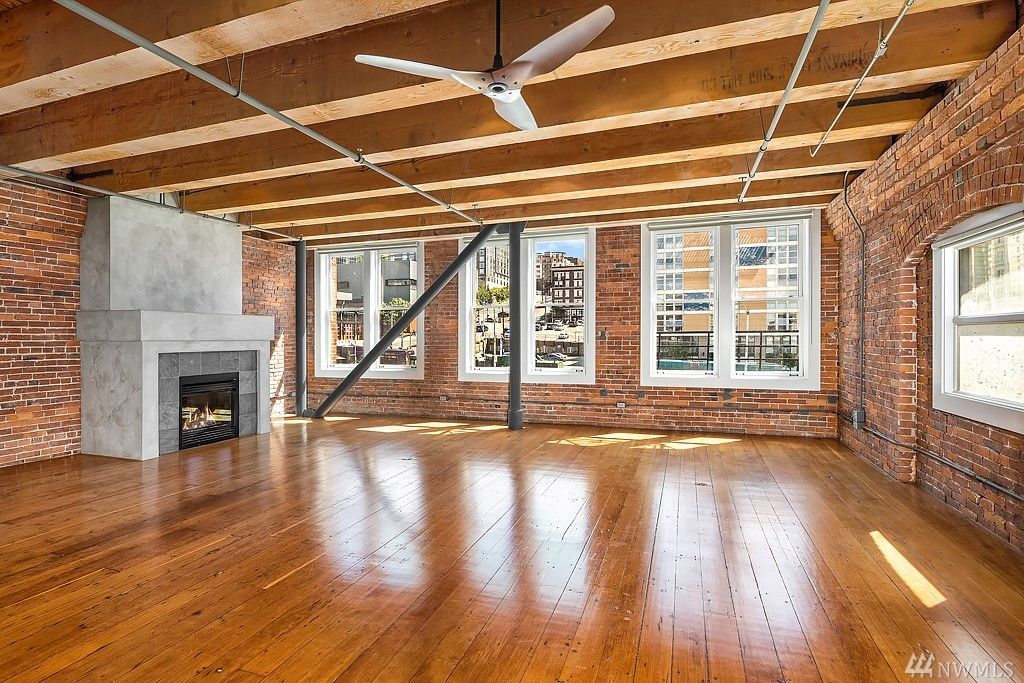

This is far from the first time that Pioneer Square has occupied the spotlight as “the next big thing.” Property developers envisioned it as ripe for urban renewal in the 1960s until the historic designation restricted development. She wonders herself, but she’s confident that developers will “mindfully integrate” their projects into the current infrastructure and maintain what she calls “authenticity.” Most neighborhood advocates are supportive, though some remain wary that development could threaten the neighborhood’s gritty, quirky reputation as “the Brooklyn of the Pacific Northwest,” as Aaron Barthel, co-owner of Intrigue Chocolate Co., puts it.Īs head of the neighborhood association, it’s a concern Howard hears often. Many were hatched in anticipation of the viaduct coming down. Roughly two dozen development projects, with both public and private investment, are either underway or planned. Today, the $740 million waterfront improvement project and removal of the elevated Alaskan Way Viaduct creates unprecedented opportunities. “It has just been beset by problems for decades.” Katherine Anderson, co-owner of popular restaurant and retail shop London Plane, says Pioneer Square could have resembled Greenwich Village back when it was known as New York City’s counterculture neighborhood. “It’s a small town in the middle of a big city,” says Jane Richlovsky, an artist and co-owner of the Good Arts Building, home to 30 artist studios. It later became the city’s first neighborhood to be listed in the National Register of Historic Places. In 1970, the Seattle City Council named 20 square blocks in Pioneer Square an historic district. It was rebuilt with distinct, Romanesque-style buildings after the Great Seattle Fire of 1889 burned down the neighborhood. Pioneer Square, often referred to as Seattle’s “original” neighborhood, has roots dating back to 1853.

Clients of the numerous social service agencies in the neighborhood spill into the streets, often creating misleading impressions. “Violent” crime is a bit higher, but not significantly. Property crime is actually lower in Pioneer Square than in Fremont or Wallingford, according to Seattle Police Department statistics. Crime is among them, but perceptions often trump reality. Like all neighborhoods, Pioneer Square has its share of challenges. But I also know it as the place where acquaintances on three separate occasions were punched while either leaving work or simply walking around for the time someone asked me if I was “scared of a man with a gun ” and the place where a colleague told me she literally sprinted back to the office to elude a man chasing her in broad daylight.

I remember Pioneer Square for its party atmosphere decades ago and, more recently, its First Thursday Art Walks, funky retail shops and abundance of cutting-edge art galleries. I’m going in with an open mind, though I’m fighting my skepticism. I’m meeting with Lisa Howard, executive director of the Alliance for Pioneer Square, a nonprofit organization dedicated to preserving “what makes Pioneer Square the most authentic, engaging and dynamic neighborhood in Seattle.” As you can imagine, Howard is bullish on the future of one of the city’s oldest and most historic neighborhoods. Clearly, not everyone with an office here is working from home. Tashiro Kaplan is now at the heart of Seattle’s legendary First Thursday Art Walk, drawing thousands of visitors to Pioneer Square each month.My first trip to pioneer square since before the pandemic and I cannot find a parking spot. The Tashiro Arts Building and Kaplan Lofts together have created close to 130,000 square feet of permanently affordable space for the arts, and by preserving these two historic buildings for artists and arts-friendly organizations they have helped maintain Pioneer Square’s distinctive character. The Tashiro Arts Building circles Kaplan Lofts at street level and is home to 9 commercial arts-related entities, including 4Culture, a public development authority of Seattle artists run co-ops of various types and prestigious commercial galleries topped off with a thriving coffee shop. Hoping to preserve Pioneer Square’s status as an arts district, the Pioneer Square Community Development Organization invited Artspace to transform two turn-of- the-century buildings, the Tashiro and the Kaplan, into facilities for artists. In the 1990s, market forces began driving artists out of the area at an alarming rate. Seattle’s Pioneer Square Historic District has long been a neighborhood of artists.


 0 kommentar(er)
0 kommentar(er)
